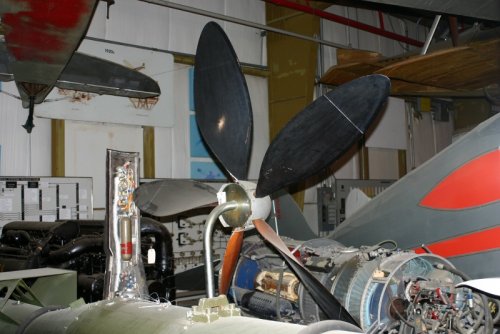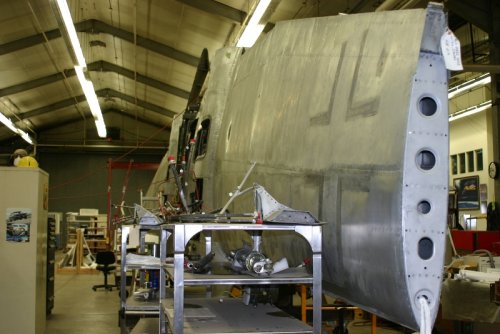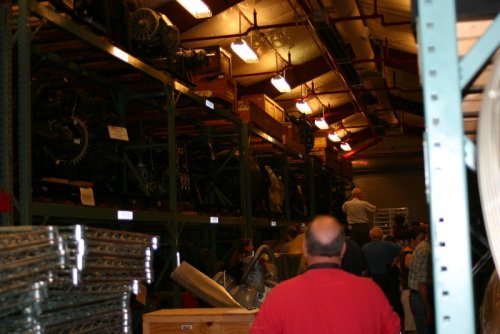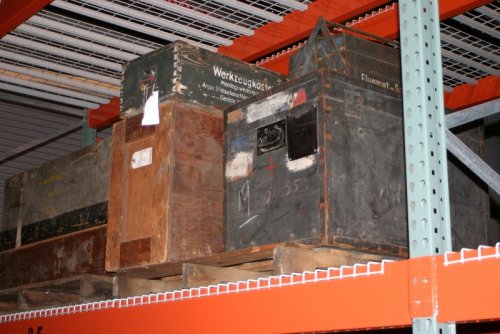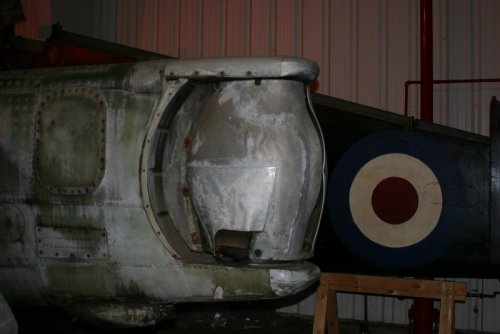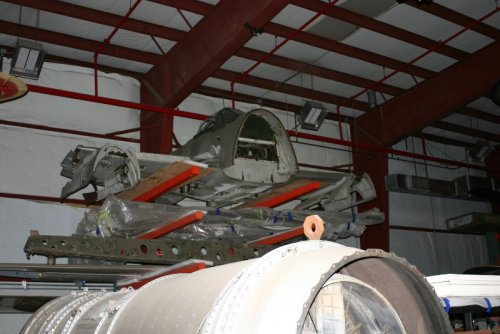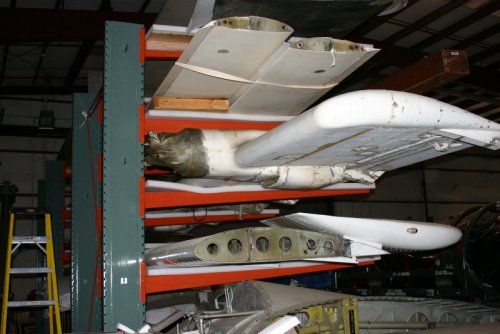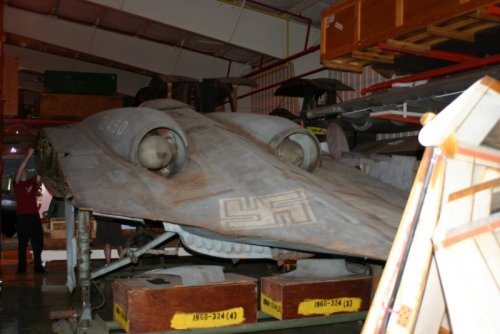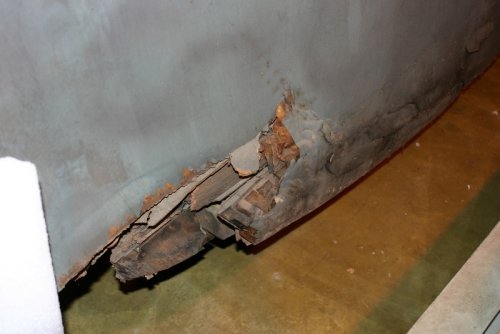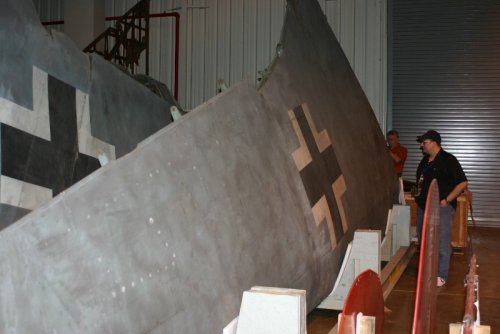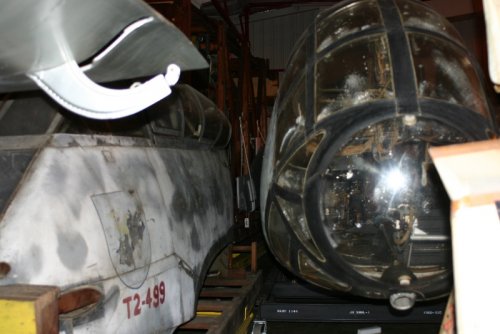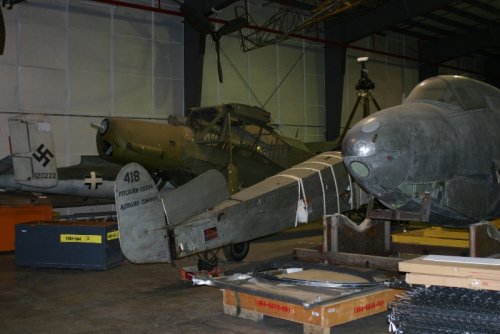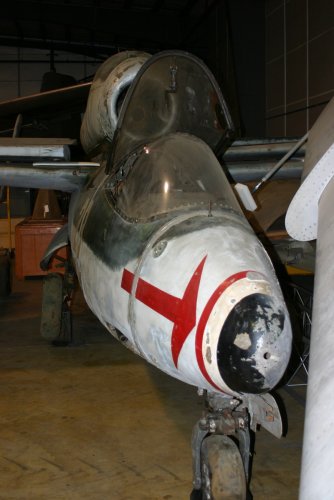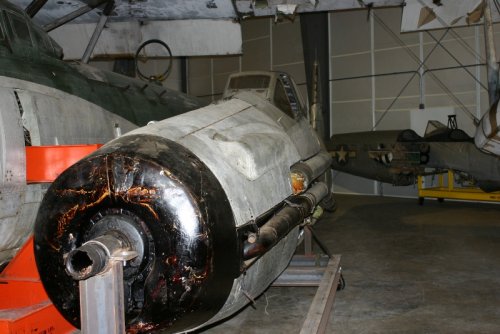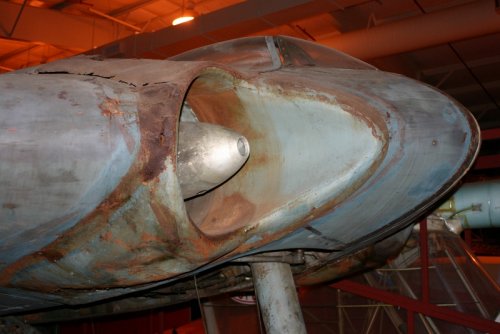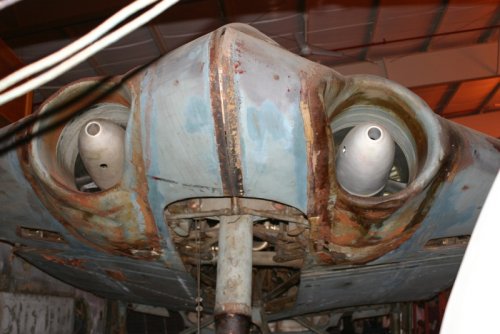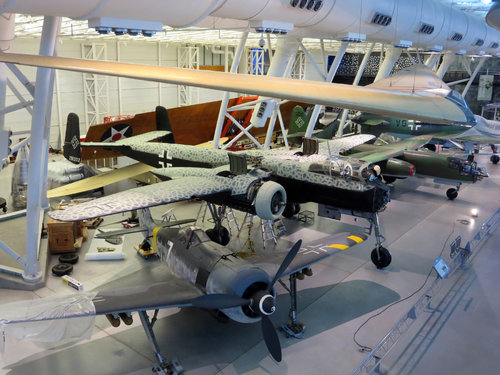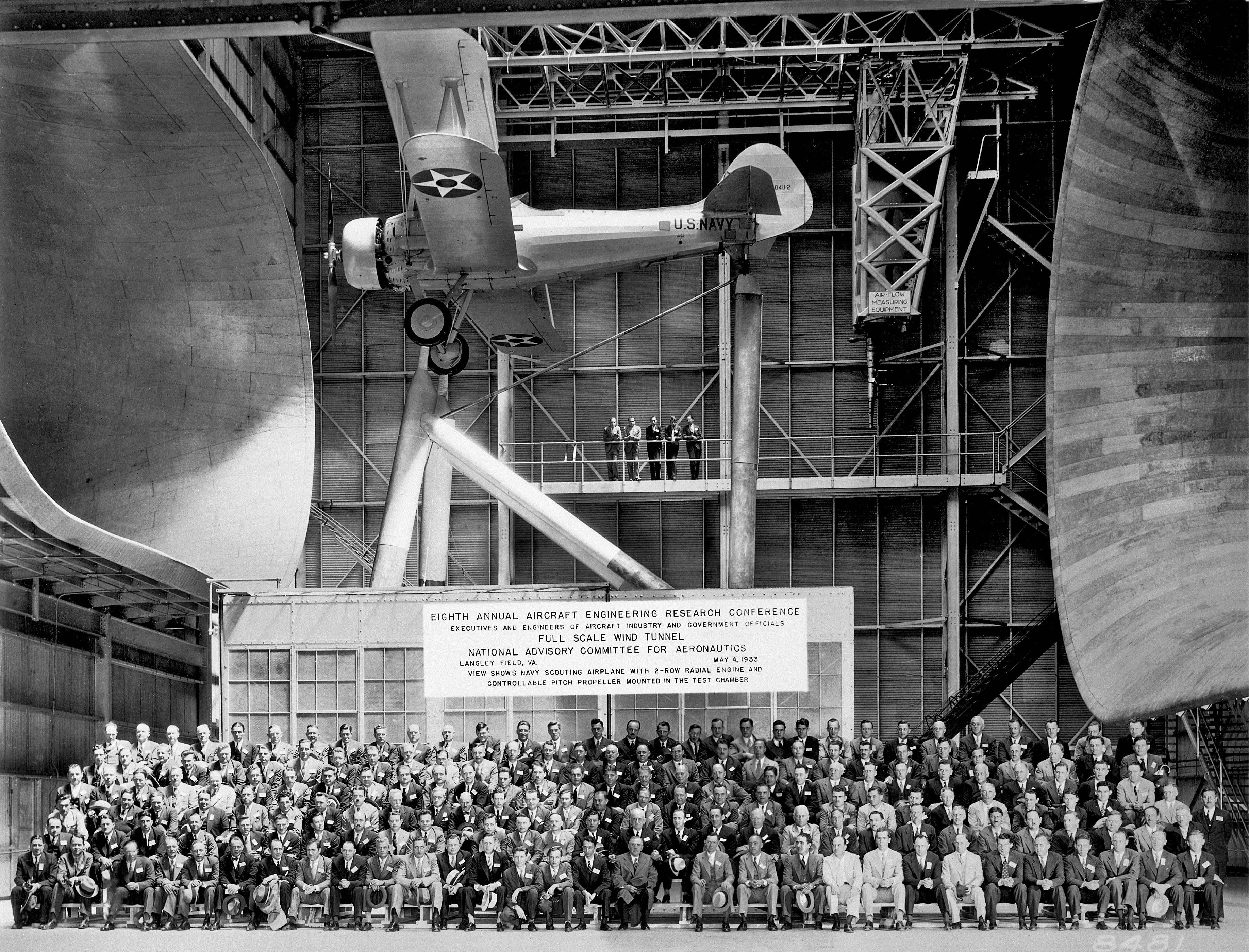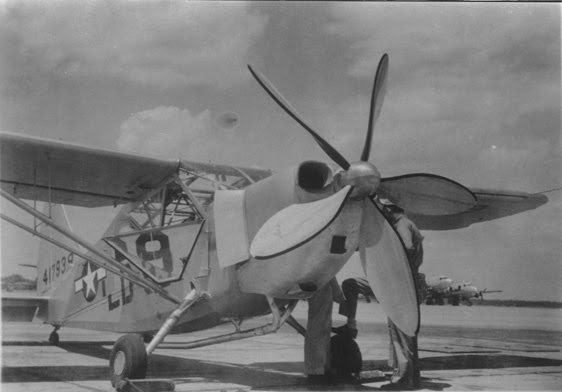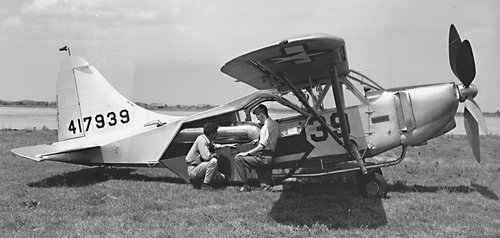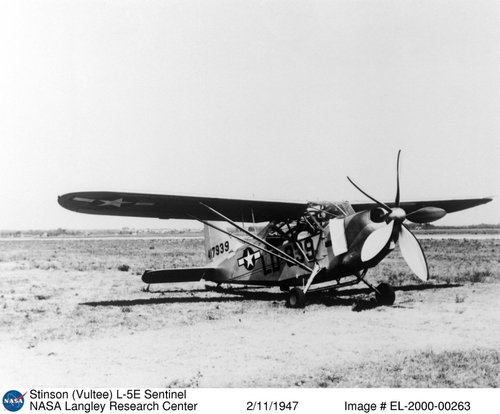- Joined
- 4 May 2008
- Messages
- 2,439
- Reaction score
- 762
On Sunday I spent three hours at the Paul Garber facility in Silver Hill, MD. For those who don't know, it's where the Smithsonian keeps all the planes and space artifacts not on display or in unrestored condition. Obviously i took a bunch of pictures and wanted to share them, and ask for some identification help.
First picture is of a wooden prop. Looks like something that belongs in a YO-3 or rather a QT-2. I asked the docent, he confirmed it was from a quiet aircraft, but he said it predated QT-2...Any ideas?
Second picture is the restoration of the He-219 wing. The fuselage and nacelles are already waiting for it at the Udvar Hazy museum.
Third picture is from one of the hangars they showed me. It's full to the brim with aero engines. The shelves each can contain 4 large engines, more of the smaller variety. There must have been some 200 engines, ranging from one-offs to Conquerors, DB-601s, V-1710s, and obscure japanese ones. The docent says they have about as many engines as the rest of the world's collections combined. I believe him.
God only knows how many other things they have in the thousands of crates they have in the 20+ hangars. I think this one was the arch of the covenant (fourth pic).
Next picture is a bit of trivia. name the airplane this bare aluminum part belongs to.
Then there is a picture of one of the two Kika airframes they have in storage (as well as engines). there is talk of making a full airplane out of the two.
Last picture is of a set of wings I was not able to identify (white wings with strangely thin nacelles). the planform is straight rectangular, untapered. I estimate it's about 6-7 meters span. It must be for a high wing aircraft, I could see no sign of landing gear attachments. i am puzzled by those nacelles. Any ideas?
First picture is of a wooden prop. Looks like something that belongs in a YO-3 or rather a QT-2. I asked the docent, he confirmed it was from a quiet aircraft, but he said it predated QT-2...Any ideas?
Second picture is the restoration of the He-219 wing. The fuselage and nacelles are already waiting for it at the Udvar Hazy museum.
Third picture is from one of the hangars they showed me. It's full to the brim with aero engines. The shelves each can contain 4 large engines, more of the smaller variety. There must have been some 200 engines, ranging from one-offs to Conquerors, DB-601s, V-1710s, and obscure japanese ones. The docent says they have about as many engines as the rest of the world's collections combined. I believe him.
God only knows how many other things they have in the thousands of crates they have in the 20+ hangars. I think this one was the arch of the covenant (fourth pic).
Next picture is a bit of trivia. name the airplane this bare aluminum part belongs to.
Then there is a picture of one of the two Kika airframes they have in storage (as well as engines). there is talk of making a full airplane out of the two.
Last picture is of a set of wings I was not able to identify (white wings with strangely thin nacelles). the planform is straight rectangular, untapered. I estimate it's about 6-7 meters span. It must be for a high wing aircraft, I could see no sign of landing gear attachments. i am puzzled by those nacelles. Any ideas?

